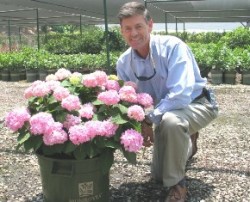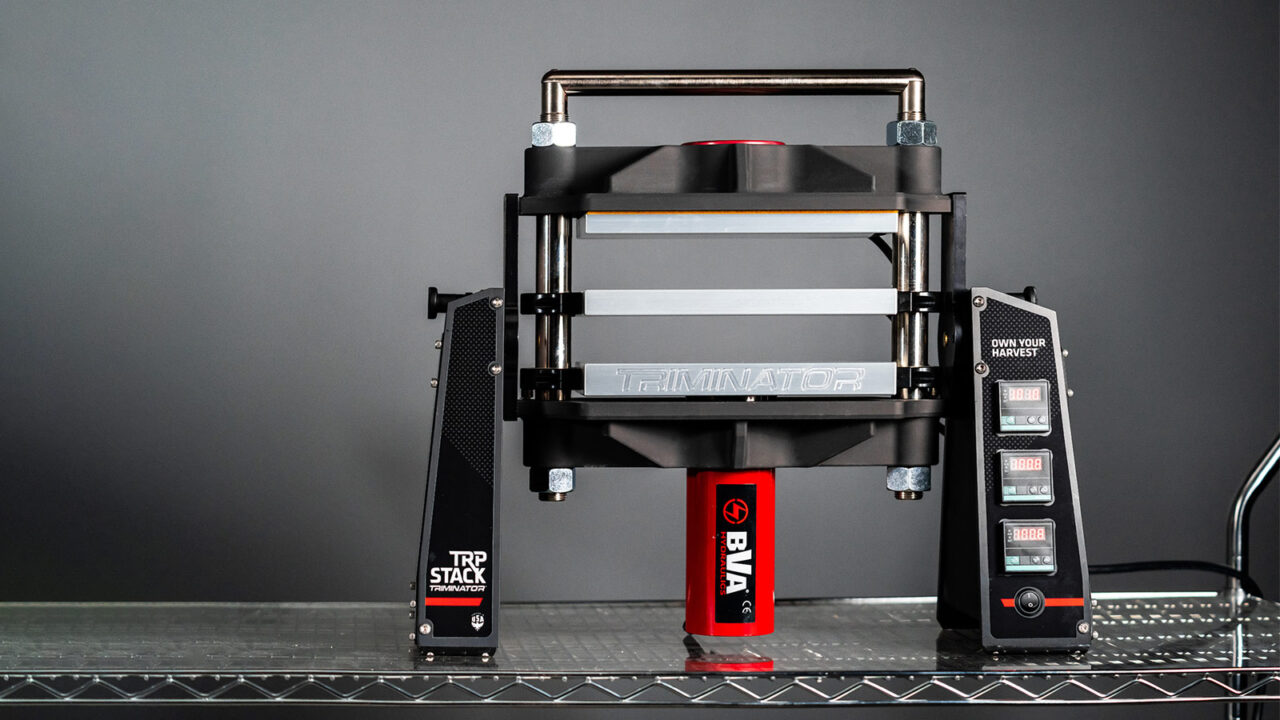What’s In? Edibles, Color And …

We caught up with Nicholas Staddon, Monrovia‘s director of new plant introductions, and asked him five questions about Spring 2010, the future for Monrovia and emerging industry opportunities.
GG: What is your industry forecast for spring?
Staddon: “I think consumers are excited. It’s been a snowier, wetter, colder winter in many parts of the United States. Last year and, really, the last half of 2008, were difficult years for pretty much everyone in the nursery industry. That’s when the downturn in the economy really hit. Nursery products certainly suffered.
“Sales have been brisk with smaller items–4 inch, gallon and 2 gallon. We’ve certainly seen people pursue those items. We’ve seen people focus more on color items. I think when the economy goes [bad], people look for an immediate satisfaction on items.
“The strongest category of all has been fruit or edibles. The container demand has been insatiable. We just cannot produce enough plant material. This is one item that leads the charge for us. We see those crops continuing to be very popular.”
GG: What are other trends you’re seeing develop at Monrovia?
Staddon: “I think the opportunity we have in the industry is to place edibles as part of the consumer’s wellness program, so that it’s a foundation plant.
“Another great trend is people are very much into plants you can grow into the garden–or harvest the flowers–and bring those indoors. The plants could be hydrangeas or grasses–consumers want to bring them indoors.
“We see more and more people working with patio plants that they’d like to overwinter in the (colder) regions.”
GG: How is Monrovia changing its business to adapt with some of these developing trends you mentioned?
Staddon: “Blueberries are a great example of how we’ve changed our business. For many years, blueberries were grown primarily in the Northern part of the [United States]. There were some very innovative breeders in the Southern part of the U.S. who took these Northern varieties of blueberries and crossed them with native varieties of blueberries. One particular plant is called Rabbiteye (blueberry).
“Blueberries did well on the West Coast of the U.S. and down through the South into Georgia and Florida. Working with these various breeders and hybridizers, it became very apparent to me that there was a great opportunity to move blueberries into the warmer climates of the U.S. where historically we had not seen them. So, in collaboration with our customers and sales forces, we said, ‘Yes, this is a program we want to do.’ So, over two or three years, we started bringing these plants into the nursery. And the program has been enormously successful.”
GG: But are blueberries attractive as a landscape plant?
Staddon: “Historically, blueberries have been used for fruit. Now, we’re using them for color. We’ve got great color of leaves during the growing season. Many of the varieties in the warmer regions are also evergreen. So we have the opportunity to take a plant that has normally been identified as a fruit-bearing plant and use it as a landscape plant.
“Blueberries are still first being sold for the edible factor at the garden centers. But from a business perspective, blueberries become a multiple-sale item. If someone’s going to use blueberries for a hedge, they may buy more.”
GG: The industry is constantly seeing new varieties hit the scene, but is their opportunity to revive old-time favorites this year? If so, which plants will be making a comeback?
Staddon: “There are actually two areas of importance with new varieties. First, I think there are a lot of plants that have been buried. There were plants brought into the U.S. or any country, say back in the late-1800s, which were put into botanical gardens or people’s private gardens, and they were passed over.
“One of the fun things I like to do is bump into these plants that were discovered years ago by plant explorers or plant hunters and bring them into our inventory and see if we can find a place for them. People are always looking for those old and new plants.
“Then there is the category that takes older plants and improves them. A great example is gardenias: Many growers across the U.S. grow gardenias. Everyone carries gardenias. But in many parts, they look good for a year and falter.
“Having said that, we have a great customer in San Diego–Walter Anderson Nursery–that suggested we graft our gardenias on a very old gardenia called thunbergii. Thunbergii has some fabulous qualities in that it is more resistant to root nematodes, which are a plague on gardenias. The plant continues to draw nutrients from the soil when other gardenias have stopped doing that in cold. Thunbergii also continues to draw nutrients from the soil, even in the 50s. It’s a much stronger root stock. So what you’re doing is taking a gardenia and putting it onto a root stock–your leaves are greener, your blooms are larger–and it’s generally an overall improved plant.”
About Nicholas Staddon: Staddon is the director of the New Plants Team and has been a Monrovia craftsman for 20 years. Working with breeders, hybridizers and professional plant explorers, he scours the globe for new creations and discoveries in the plant world. He travels extensively for Monrovia in his quest for great new and notable plants for American gardeners.










